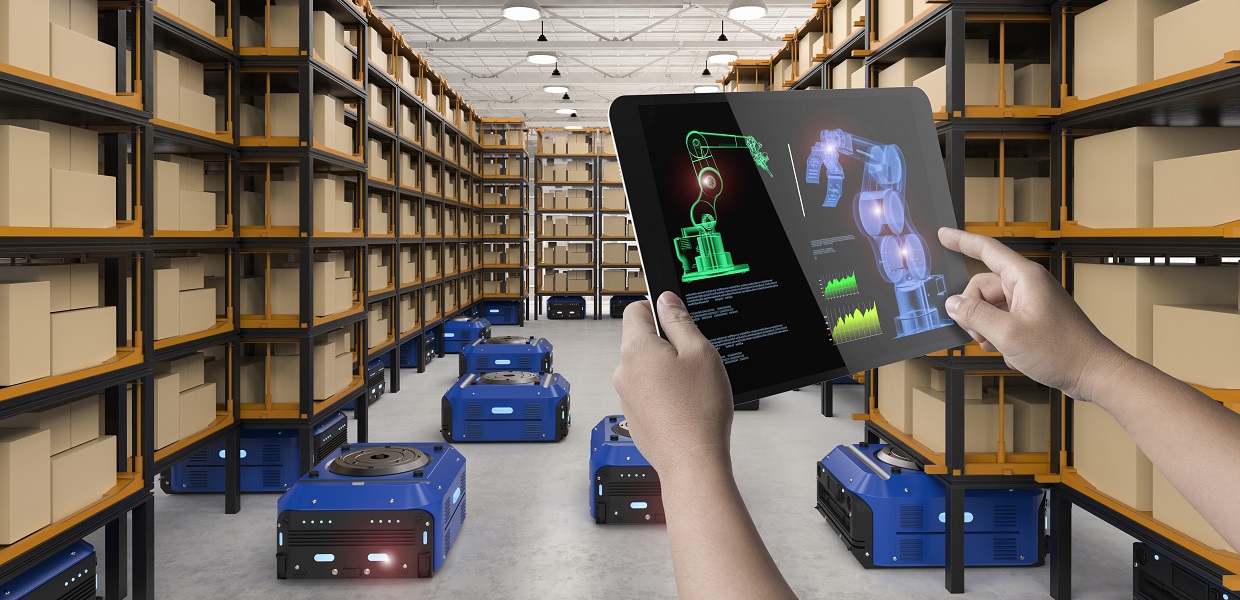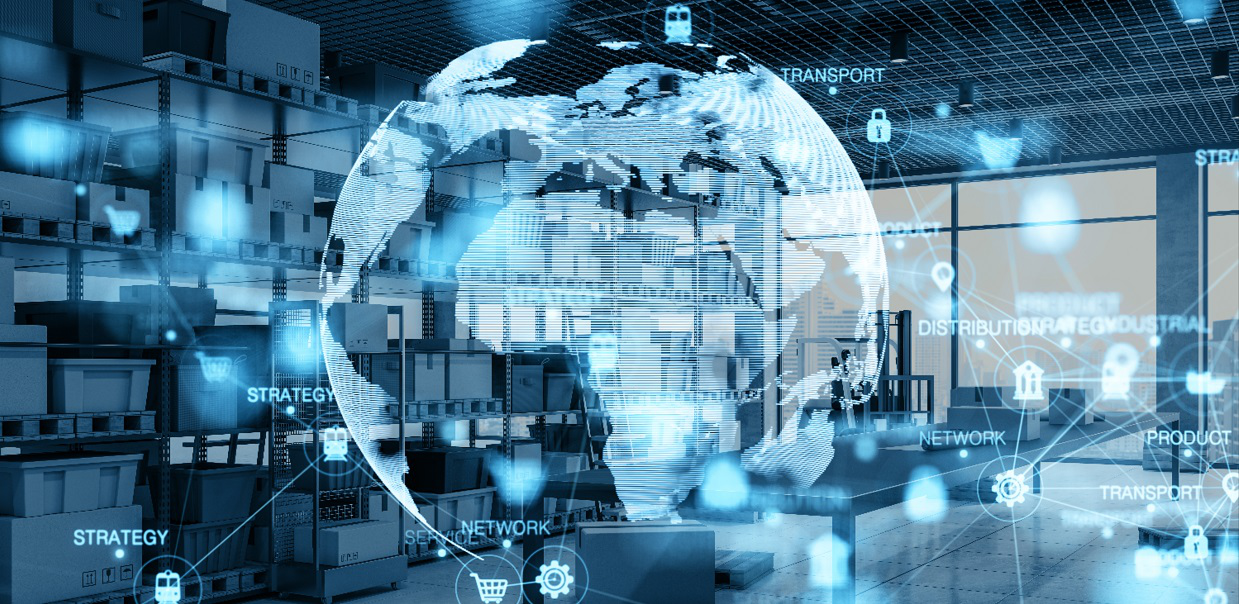The global logistics industry is growing and is predicted to reach €6.8 trillion in size by 2024. At the same time, the COVID-19 pandemic has brought the important role of the supply chain into sharp focus, introducing many to terms like ‘3PL’, ‘4PL’, and ‘5PL.’ In this blog, the Intralogistics financing experts at DLL explain what these terms mean, what the differences are between them and how they can be financed.
What is a 3PL?
3PL stands for ‘Third-Party Logistics’ and is generally considered the most common outsourced logistics service, or order fulfillment service. A 3PL will typically receive the inventory from a manufacturer, provide storage in a warehouse, pick and pack the orders, and then ship goods on to the end customer.
As eCommerce boomed during the pandemic, 3PLs were understandably in great demand. Many manufacturers opt for a 3PL logistics service so that they can focus on their core business, rather than fulfillment operations. This is especially true where specialist fulfillment services are needed, such as cold storage, handling hazardous materials, shipping bulk liquids, or dealing with especially large or high-value goods.
What is a 4PL?
4PL stands for ‘Fourth-Party Logistics’. There are different definitions but typically 4PLs act as a consultant or coordinator, managing their customers’ total logistics operations through various providers. Unlike a 3PL, 4PLs don’t have to have their own physical assets and services despite being responsible for all of the supply chain management, assessing, designing, building, running, and measuring solutions for the customer.
The expertise of a 4PL is in bringing together the best combination of different suppliers to deliver a fulfillment operation such as a 3PL, freight operator, packaging company, agent and courier. This enables manufacturers to outsource the responsibility, organization and complete oversight of the supply chain, rather than just outsourcing the fulfillment activity. The 4PL is often the single point of contact between the organization and its entire supply chain system and it is a service that is growing in popularity.
What is a 5PL?
5PL stands for ‘Fifth-Party Logistics’ which can bring significant economies of scale as a “logistics aggregator.” This is a newer consultancy concept in logistics, focused on solution optimization. It is designed to enable customers to completely outsource all aspects of their supply chain and benefit from technologies, such as innovative automation systems.
5PLs look to leverage technologies and big data to create efficiencies, as well as aggregate demands from their customers into greater volumes to negotiate better rates for their customers. This may include working with several different 3PLs to identify the most favorable rates and the most efficient supply networks.
This approach also differs from a 4PL as it looks more at wider supply networks, rather than individual supply chains. A 5PL also has the expertise to consider how a wide range of technologies could be beneficial, such as robotics, blockchain, and artificial intelligence (AI). It can then source, organize, and implement the complete logistics solution for its customers.
As new technologies are emerging fast in the supply chain, interest in using 5PL services is growing, especially with online-only eCommerce businesses.
6PL and beyond
There are also further layers of outsourced logistics that will help shape the future of supply chain management. Sixth-party logistics can be described as providing ecologically friendly supply chain management while Seventh-party logistics is a service that combines 3PL and 4PL services (4 plus 3) services under one umbrella. There are also visions for 8PL, 9PL and even an artificial intelligence (ai) based 10PL.
DLL is supporting emerging technologies in logistics
DLL has many years of experience working with logistics businesses at all levels, providing flexible asset finance packages for materials handling equipment and transport fleets. However, as automation and technology play an increasingly bigger role in logistics operations, DLL is uniquely positioned with the experience and knowledge to support logistics operations with their new investments too.
Tailored intralogistics finance solutions from DLL are there to help make digital transformation and automation of warehouses attainable for logistics companies. DLL provides financing options for racking, software, and a range of equipment, such as picking systems, automated storage solutions, conveyor systems, Automated Guided Vehicles (AGVs), automated sorting solutions, and robot palletizing systems.
In addition, DLL can provide business-specific insights and advice at the consultancy stage and work closely with integrators to help realize the project. A range of flexible payment strategies is available to meet the needs of the particular business.
To learn more about how our Intralogistics team can help 3PL, 4PL, and 5PL businesses to invest in warehouse automation solutions, contact us now.


